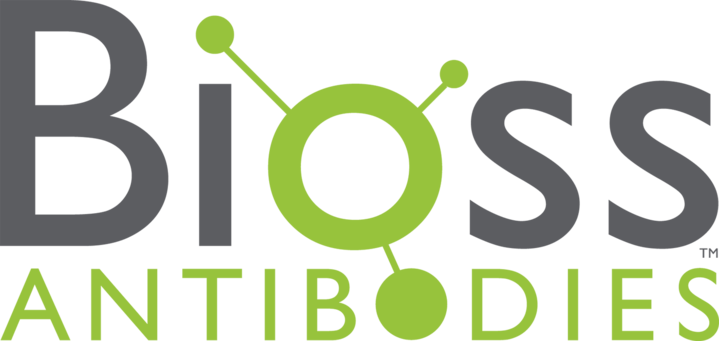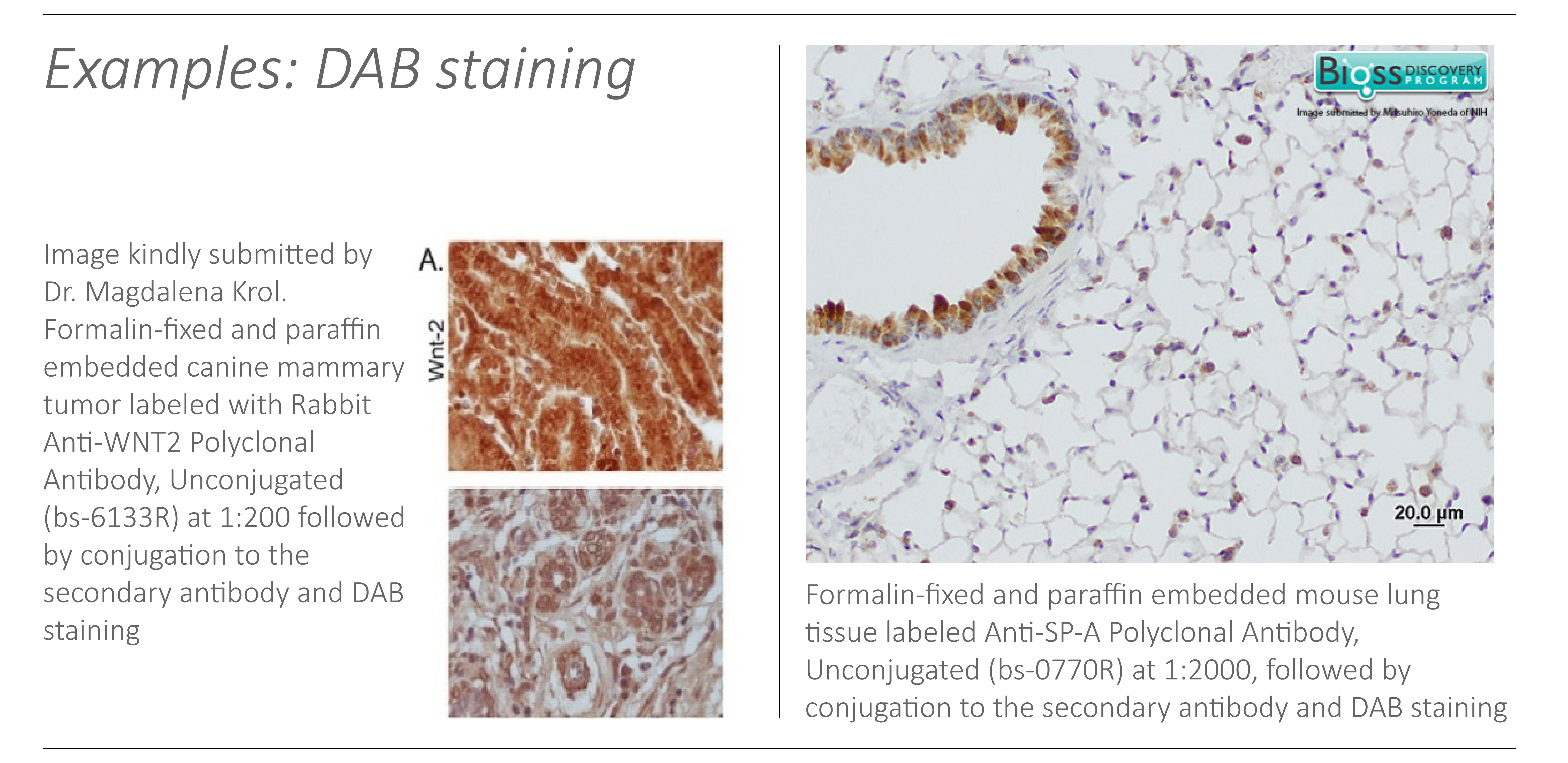In order to preserve the structural integrity and prevent tissue decay, samples must be fixed with a preserving agent and embedded in wax. The most common method of sample fixation uses a combination of paraformaldehyde (or neutral-buffered formalin) and paraffin wax, though special protocols may be required for certain other types of tissue. Once the tissue is prepared, thin slices of 5-20μm are made using a microtome, mounted to slides, and dried. Dried, paraffin-embedded slides are stable and can be stored at room temperature for extended periods (up to a year or more) before probing and imaging.
Once the researcher decides to probe and image a mounted section, they must first remove the paraffin wax to expose the tissue and allow antibodies to bind the antigen.
Alternatives to paraffin fixation
Frozen IHC
- • For analysis of sensitive antigens that do not withstand the fixation process, such as nuclear proteins, enzymes, and DNA/RNA sequences (FISH)
- • Requires flash freezing of tissues immediately after extraction and use of a cryostat for cutting sections
- • Many enzymes retain function which can interfere with antibody detection without proper blocking steps
Free-floating IHC
- • Allows analysis of larger tissue sections (~20μm), since antibody will penetrate from both sides of the sample
- • While more handling is required by the researcher (transferring tissue sections between wash baths), the increase in section thickness provides more structural integrity
- • Thicker sections provide more regional information, which can be useful for brain tissue in particular




